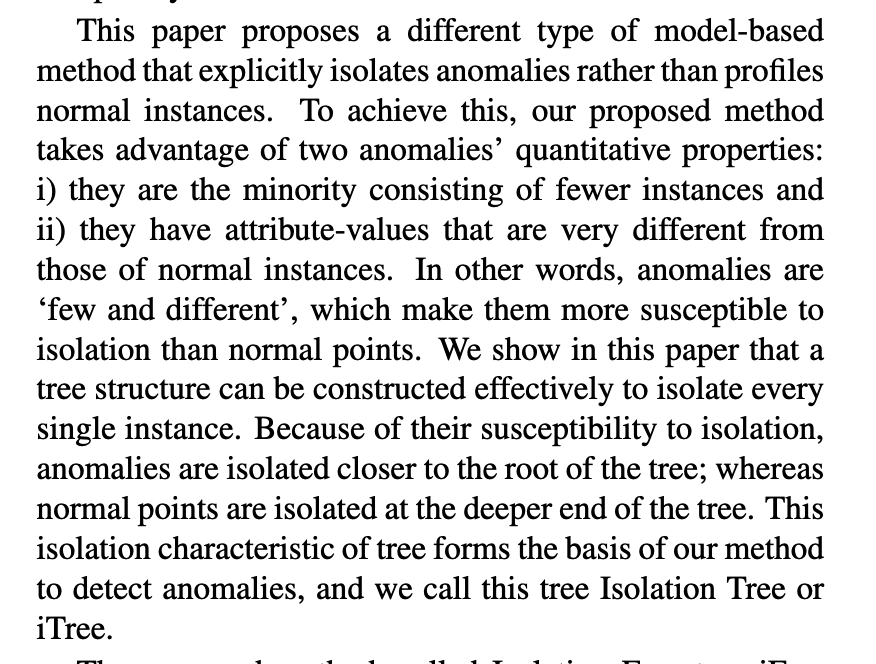You might want to use uv now that it's gotten a bit more stable for Mac.
I've already been using it at work and wanted to install it locally for a new project on my computer, but had pyenv.
Only do this if you completely want to rip out pyenv, otherwise, just disable it by removing from your ~/.zshrc
- Comment out everything related to
pyenvin my~/.zshrcfile andsource ~/.zshrc- you may have to search around for all instances if you are like me and not organized about your ~/.zshrc rm -rf "$HOME/.pyenv"# DOUBLE CHECK THIS COMMAND AND WHERE YOUR pyenv isbrew uninstall pyenvjust in case





